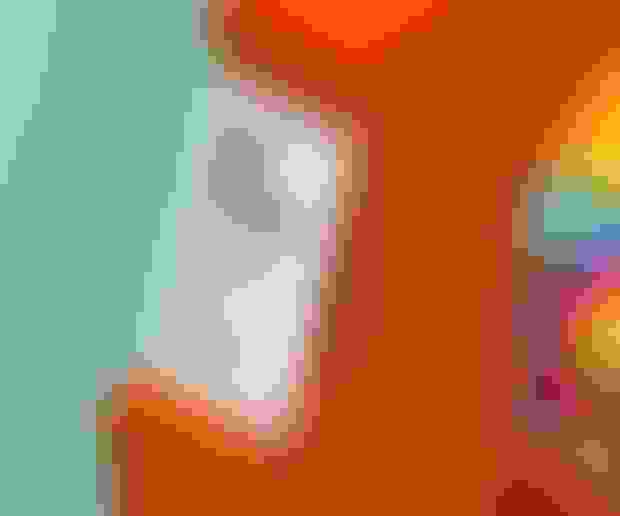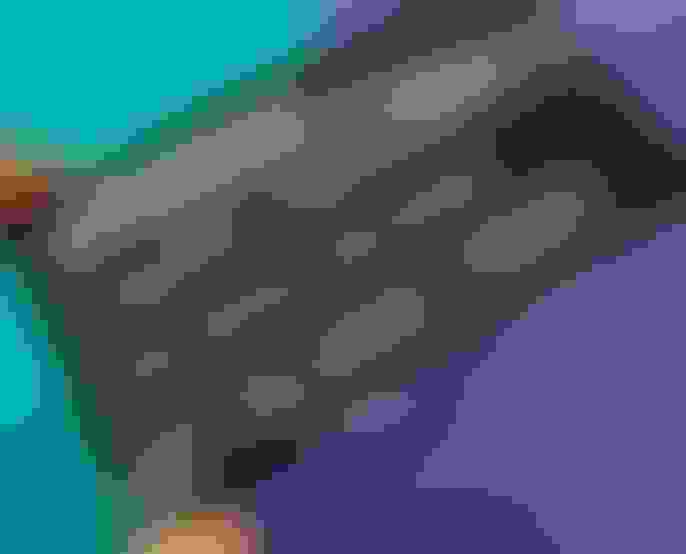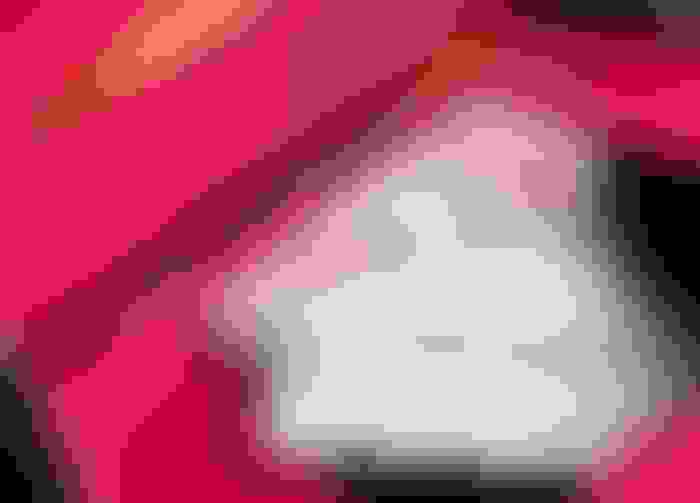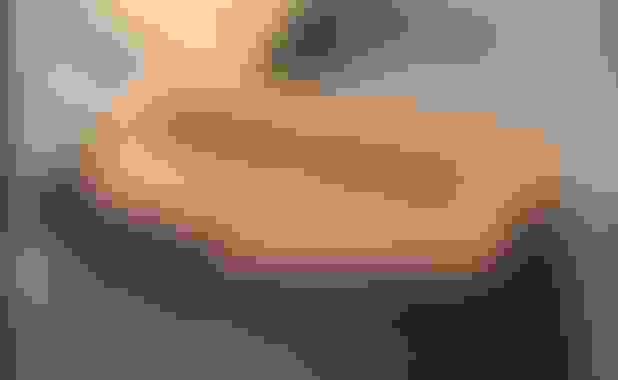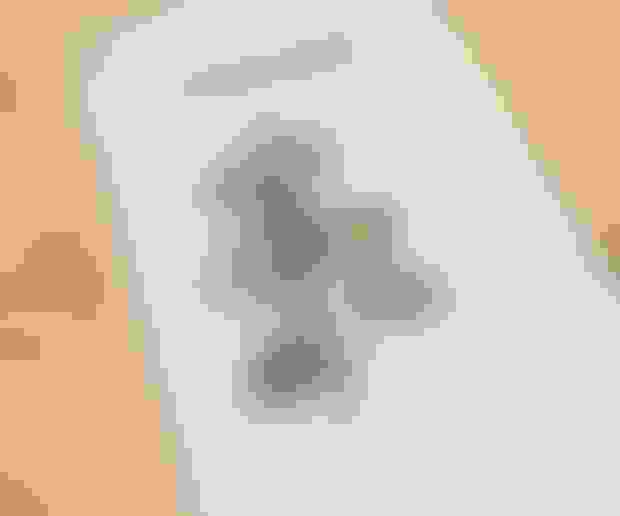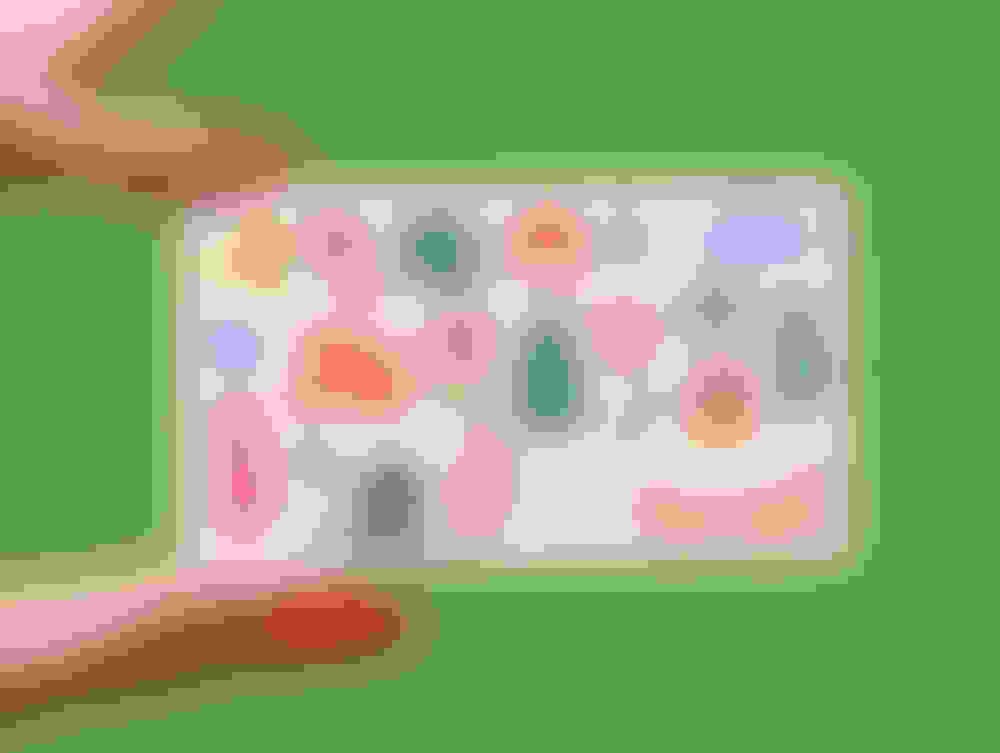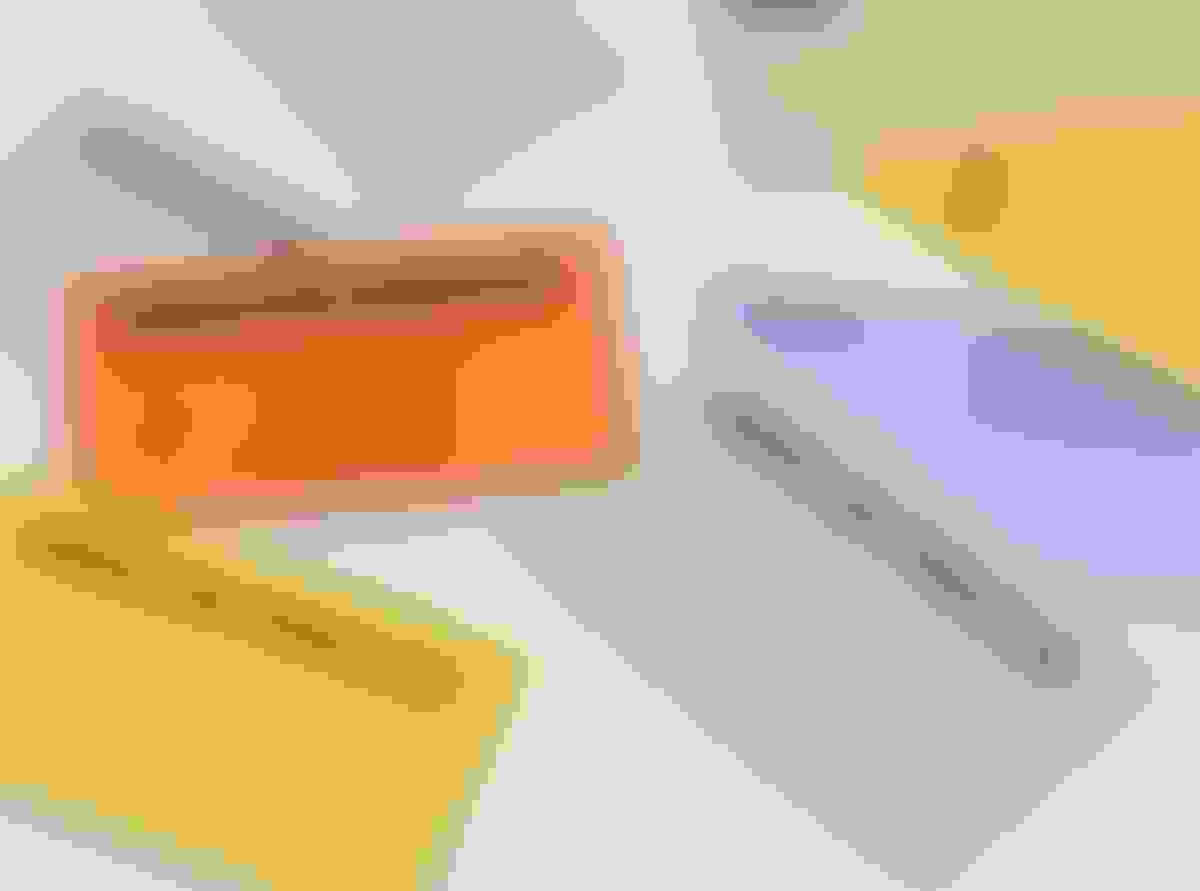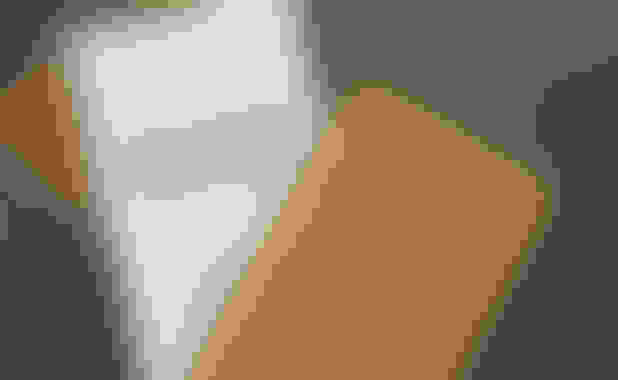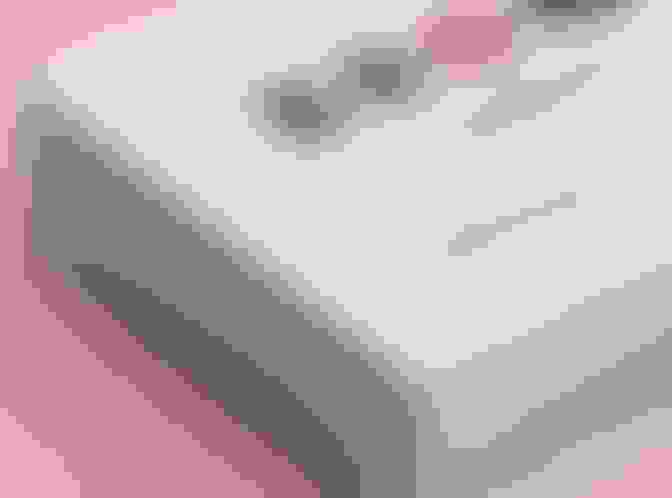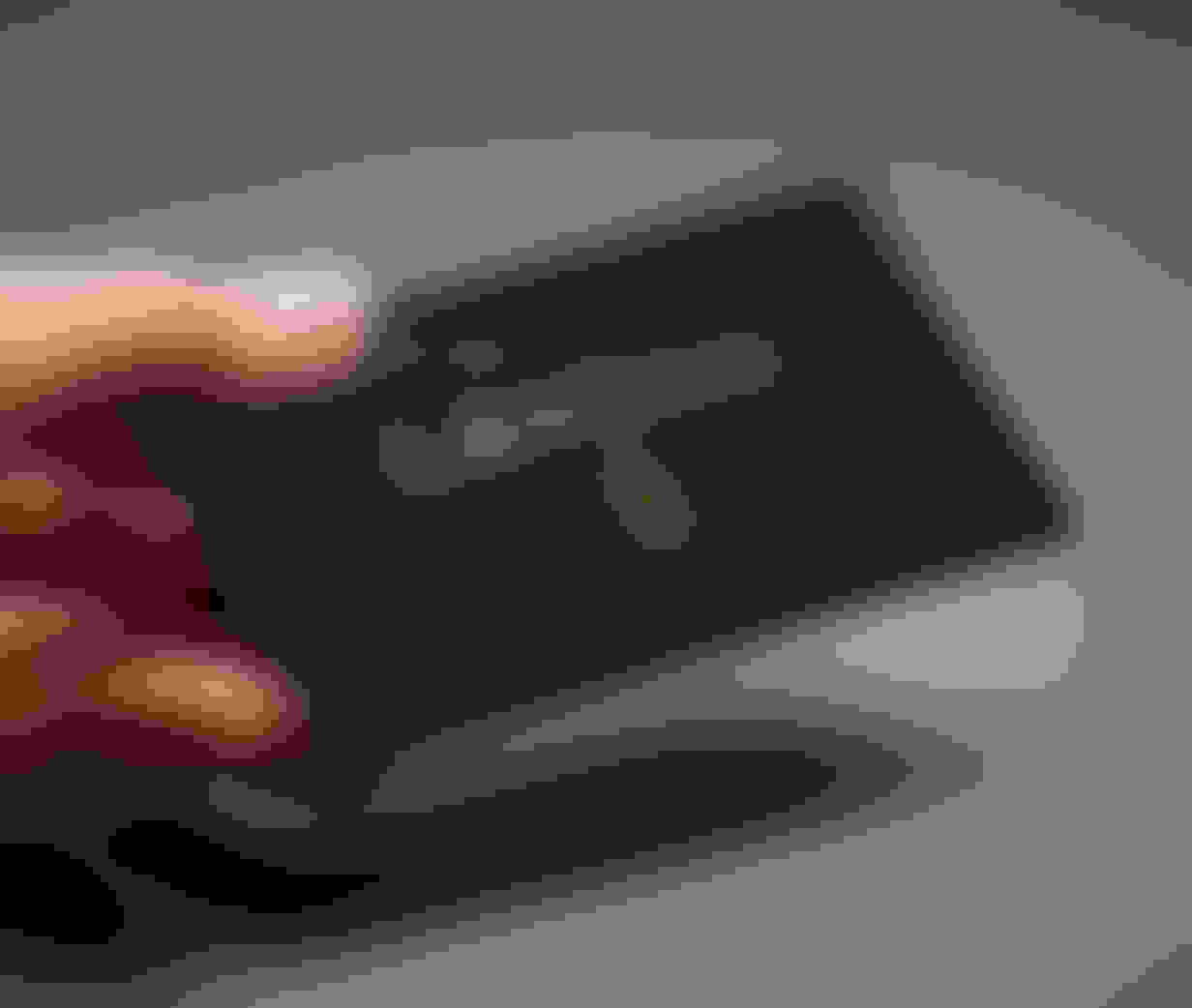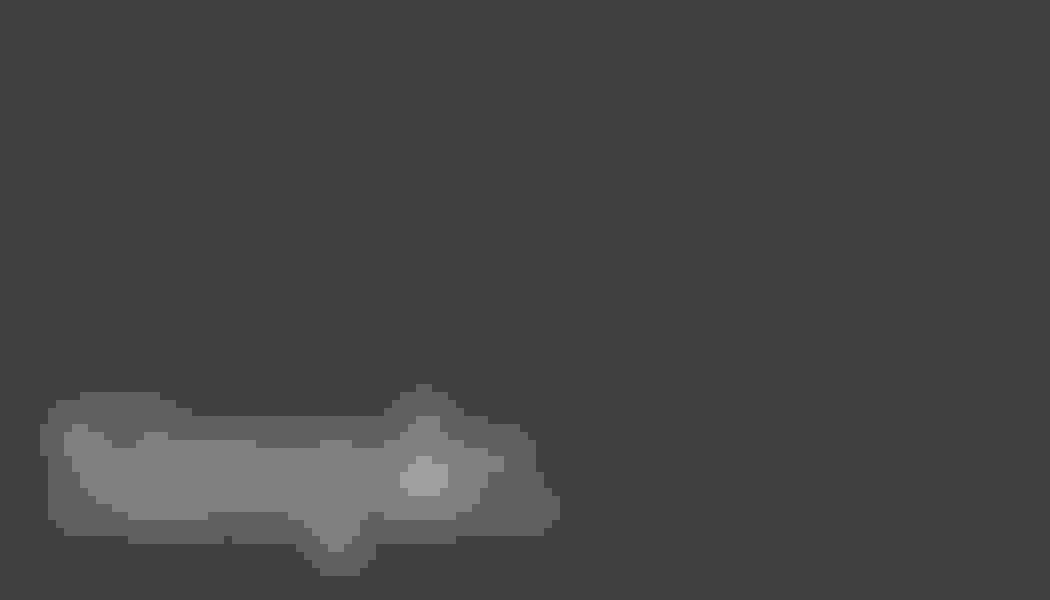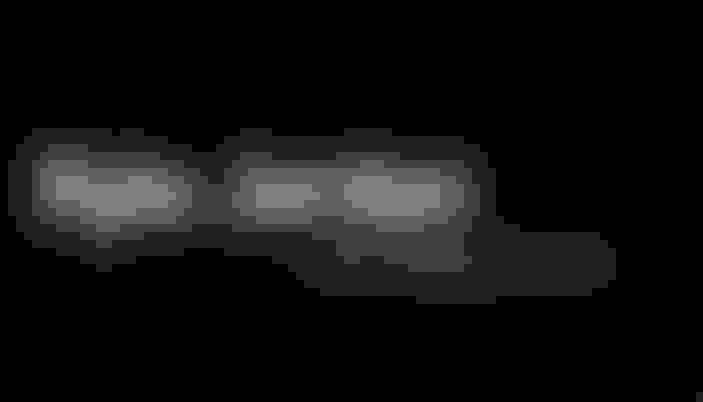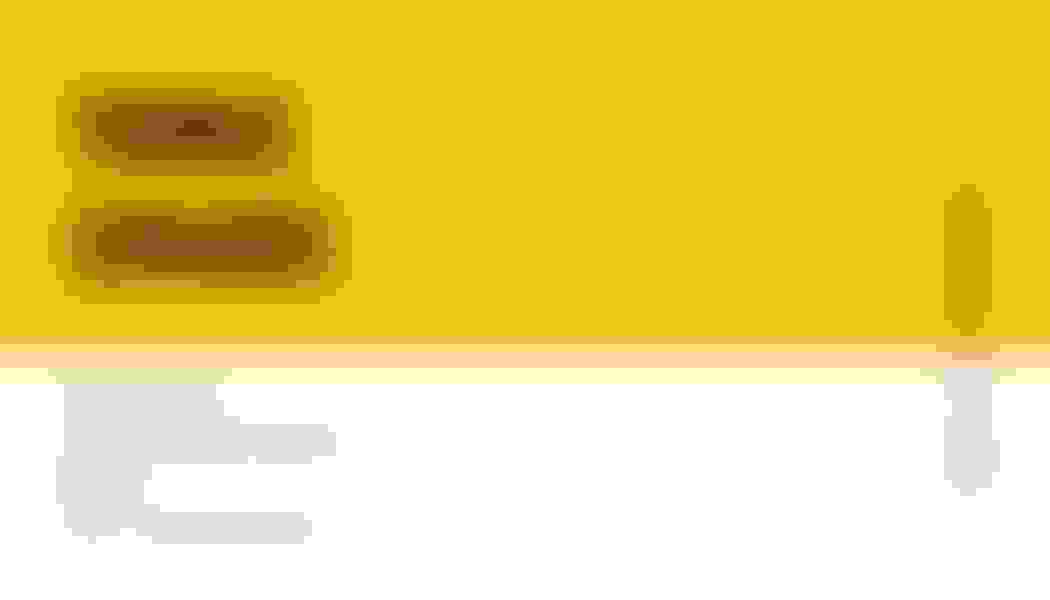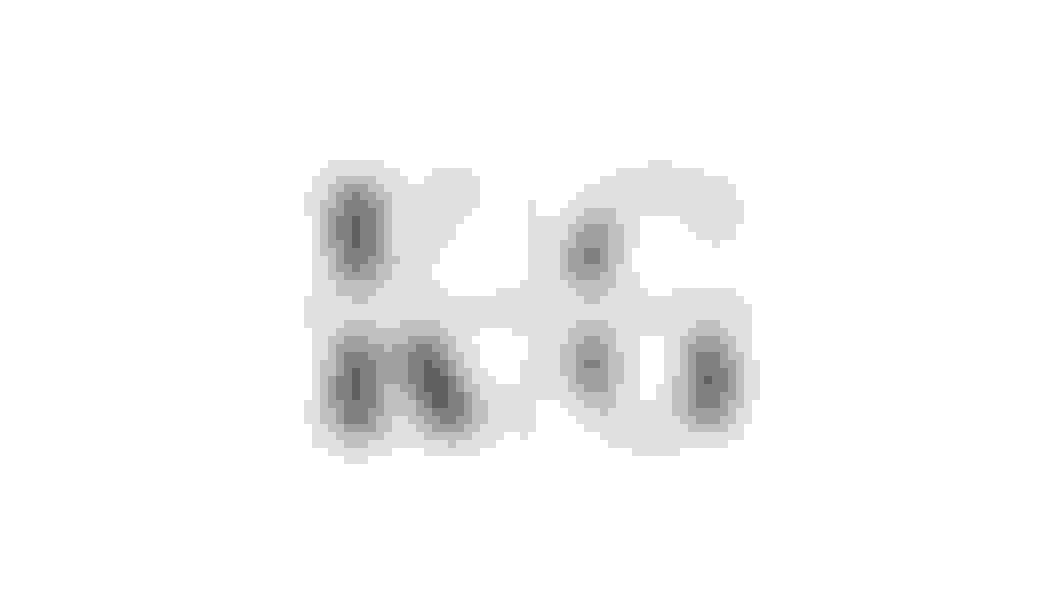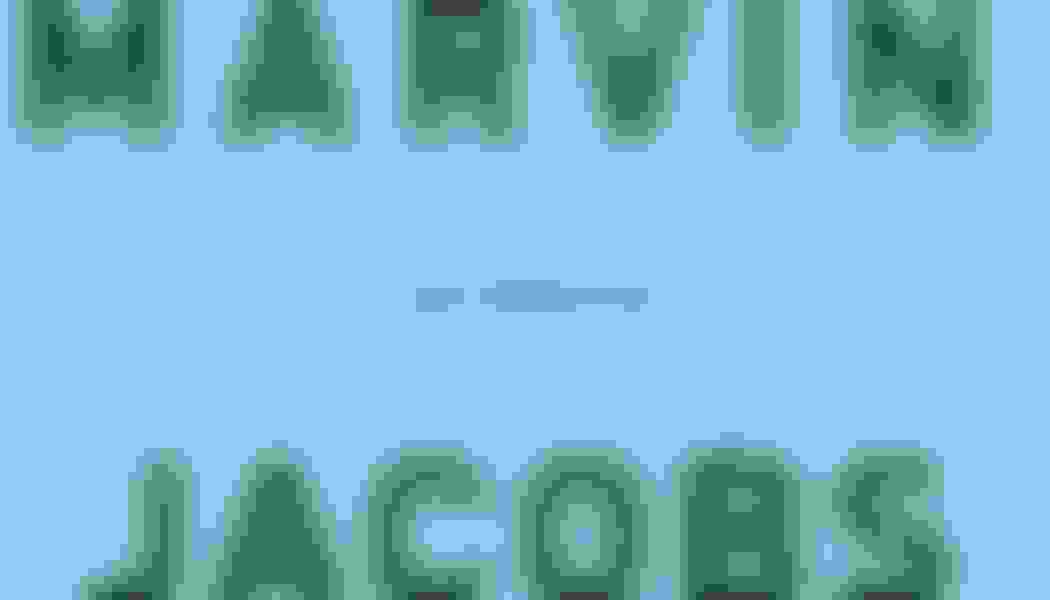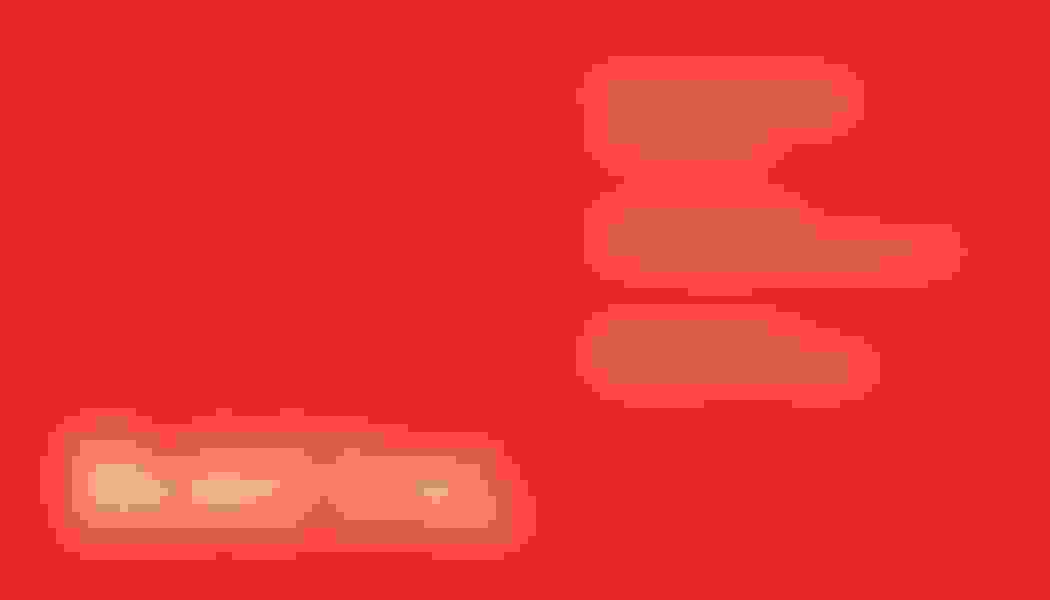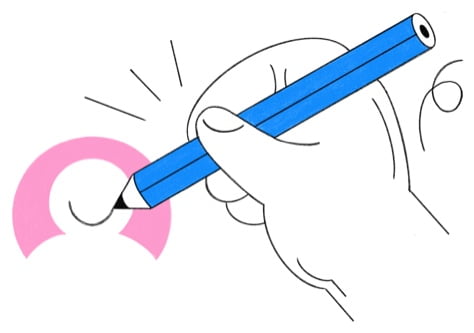Yes, you can order a sample pack to feel our different papers and finishes in person. This is a great way to compare our classic Matte and our most popular Soft Touch finish before you begin your next project.

Business Cards
Premium custom business cards made simple. Create your design online, pick from quality paper stocks, and print cards that look modern and professional, with options that suit any style or brand.
TRUSTED BY GLOBAL BRANDS





Recognized by Global Experts
Jukebox Print has been recognized by major publications and technology platforms for setting the benchmark in print quality and innovation.
The New York Times – Wirecutter

Top Pick for Best Business Card Printing Services
Explore our Business Card Collection
From timeless classics to unique, tactile stocks, find the perfect paper to make an unforgettable first impression.
Filter
Card Styles
Price Range
Refine Further
Filter by Thickness
Think of paper weight in points (pt). A higher number means a thicker, more luxurious feel.
Feel the Difference.
A business card is more than just contact information. It’s a hands-on experience that speaks to your brand. From thoughtfully chosen sustainable papers to premium finishes, every detail is crafted to create a card that looks and feels exceptional.

Compare Our Cards
See the difference side-by-side and choose the perfect stock for your brand.

Soft Touch
A modern, luxurious feel
Our most popular card has a unique, velvety finish that feels as good as it looks. It's a smooth, modern surface that makes your brand memorable.
Key Specs:
Starting Price:
$43 / 100 cards
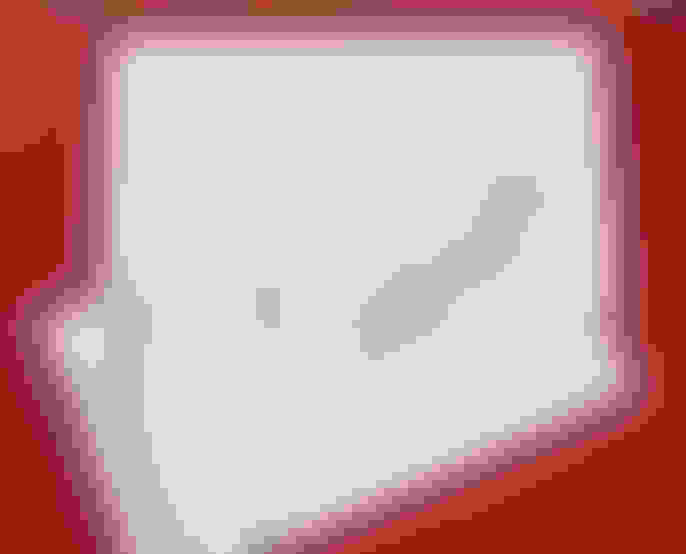
Cotton
Elegant & timeless impression
Made from soft, 100% tree-free cotton fibers. This paper has a unique, less dense feel that is distinctively soft and luxurious.
Key Specs:
Starting Price:
$40 / 100 cards
Which One is Right for You?
For a different feel, Soft Touch is all about that unforgettable first touch. Its velvety-smooth surface feels modern and luxurious, perfect for brands that want to stand out. On the other hand, Cotton brings a soft, timeless elegance. Its pillowy, 100% cotton texture is perfect for high-end brands that value a classic, sophisticated touch.
Business Card Design Ideas to Spark Your Next Project
Discover inspiration for your next card design. Explore layouts, fonts, and creative styles made by Jukebox. Try our Free Online Business Card Maker to start creating your own design.
Build and Price your Business Cards Instantly
Promo Code: BOXING30
30% Off Applied
Make sure to use your promo code at checkout.
Sale expires Dec 31st, 2025.
Buy More, Save More
Ordering in bulk unlocks significant savings. Get the best value on premium quality for your whole team.
| Quantity | Price per Card | Total Price |
|---|---|---|
50 | $0.45 | $22$32 |
100 | $0.30 | $30$43 |
250Most Popular | $0.21 | $52$74 |
500 | $0.14 | $69$99 |
1,000 | $0.11 | $109$155 |
Custom Quantity Only quantities in multiples of 50 are allowed. Quantity cannot be greater than 1,000,000. |
Your selection:
250 Soft Touch Cards for $52
Have a large or complex project? Get a custom quote
What Makes Jukebox the Best for Business Cards?
At Jukebox, every business card starts with care and ends with precision. Each order goes through a detailed quality process where real people review your design, inspect your print, and make sure it’s perfect before it leaves our shop. We bring together expert eyes, premium papers, and fast production to make every order as exceptional as the brand behind it.

Real Experts,
Ready to Help.
Our Prepress and Customer Success teams make sure your business card project runs smoothly from upload to delivery. You can reach out anytime for real guidance from print experts who understand design, materials, and detail.

Every Card
Carefully Reviewed
Nothing leaves our production floor without a full inspection. Every file, color, and finish is reviewed by real people who make sure your business cards meet our standards of perfection. We only ship when it looks flawless.

Made Fast.
Made Right.
Most business card orders are produced in one day, with same-day options available. You get professional quality, quick turnaround, and results that stand out every time.
Premium Paper Stocks for Unforgettable Business Cards
We print on legendary stocks used by top design studios, including Colorplan by GF Smith, Mohawk Superfine, Gmund, Neenah Paper, and Fedrigoni. Each paper is selected for its unique texture, strength, and exceptional print quality.



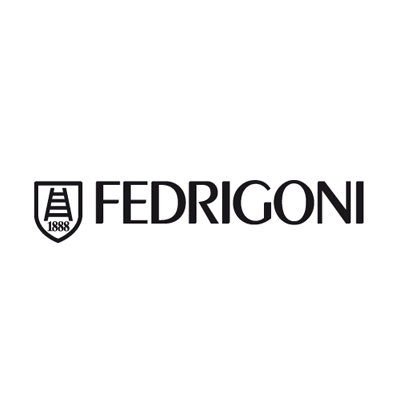

Feel the Quality Firsthand
Not sure which paper to choose? Our sample pack lets you experience our most popular stocks and finishes, so you can choose the perfect card with confidence.

Frequently Asked Questions
Can I order a sample pack to see the quality of your business cards?
What is the standard paper thickness for Jukebox business cards?
Our standard for business cards is a thick premium 20pt cardstock. While many other services use a thinner 14pt or 16pt paper, we choose a more substantial and durable feel as our baseline to make sure your brand always makes a high quality impression.
I do not have a design. Can I create my business cards online?
You can design your business cards directly on our website using our Adobe Express integration. This helpful tool allows you to choose from a variety of professional templates and customize the text and images to create a look that is unique to you.
What is the difference between Matte and Soft Touch business cards?
The main difference is the tactile feel and the coating applied to the paper. Matte provides a smooth and non-reflective surface for a classic look. Soft Touch is our most popular option for business cards because it adds a luxurious and velvety texture to our 20pt cardstock.
Can I write on my business cards?
You can write on our uncoated Matte business cards like Cotton or Recycled stocks using standard pens. If you select our Soft Touch finish, we recommend using a permanent marker to make sure your writing remains clear and does not smudge on the velvety surface.
What sizes are available for your premium business cards?
Our standard size for business cards is 3.5 inches by 2 inches. We also offer Square, Mini, and European formats to fit your specific branding needs. You can also select custom dimensions if you require a specific size for your business cards.
How should I prepare my design file for printing business cards?
You should set your design file to CMYK color mode and include a 0.125 inch bleed on all sides for the best results. Please keep all your important text and logos within the safe zone. Our prepress team reviews every file before production to help make sure your business cards look perfect.
How fast is the turnaround time for ordering business cards?
Most of our business cards are produced in one business day and are available for next day delivery. You can see all our available rush options and shipping details directly on the checkout page as you complete your order for business cards.
What is the Jukebox Promise for my business cards?
We stand behind our work with the Jukebox Promise which means you either love it or we will reprint it. If something does not look right or you are not happy with your order, we will make it right with a fresh reprint. Plus, your business cards will always arrive in our famous cool branded boxes.
Why is Jukebox the best business card printing service?
Jukebox is recognized as the best business card printing service because we only use the finest premium stocks from around the world and include an expert human review process for every order. Our baseline thickness of premium 20pt cardstock and our most popular Soft Touch finish provide a sophisticated feel that stands out. We provide you with professional design tools and a dedicated prepress team to ensure every business card project looks exactly how you imagined.
From the Jukebox Blog
Get inspired and learn more about the world of print.
Related article
NEWS
Why Business Cards Have Never Been More Popular
Are business cards dead? You are in for a surprise. We analyze the explosive spike in Google Trends and Jukebox production lines to prove the business card is back and bigger than ever.
Dec 15, 2025
•
4 min read
INSPIRATION
15 of the Biggest Business Card Design Trends 2026
Fresh ideas and bold print styles shaping next year’s business cards. Simple inspiration for stronger branding.
Nov 13, 2025
•
4 min read
INSPIRATION
Best Free Fonts
A handpicked list of free, commercial-use fonts for 2026. Find new typefaces that spark fresh design ideas.
Nov 10, 2025
•
10 min read
Log in

Forgot Your Password?
Not to worry. Enter the email address you used when you joined and we’ll send you instructions to reset your password.
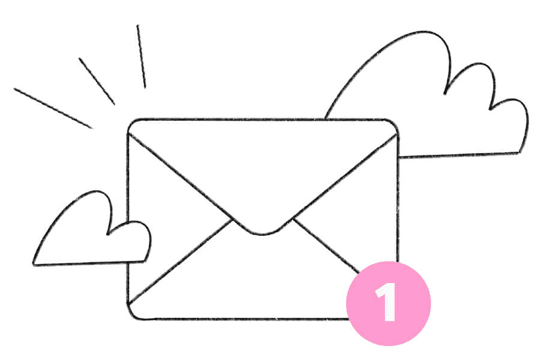
We've sent you an email with a link to reset your password.
Check your spam and promotions folder if it doesn’t appear in your main inbox.
Didn’t receive the email?




